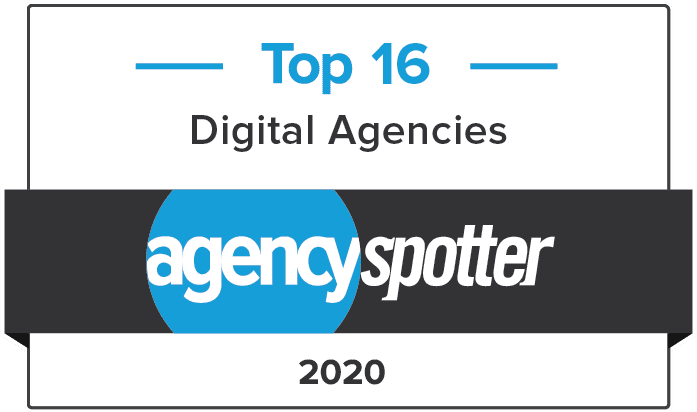
What You Need to Know About FTC Guidelines On Native Advertising
Call it what you will, but native advertising is still advertising, no matter the content or context.

In December 2015, the FTC recently took advertisers to task by issuing new guidelines on advertorials, also known as native advertising. According to the “Enforcement Policy Statement on Deceptively Formatted Advertisements” advertisers must prominently display near the headline of any piece of content that could be construed as part of the surrounding editorial that the content is an advertisement. This hadn’t been clearly directed in previous policy regarding deceptive advertising practices.
The change stems from the emergence of digital media and the use of advertisements formatted to look like the standard content of a particular website or social media platform, commonly referred to as native advertising. This isn’t anything new; old school print newspapers called these advertorials. On social media platforms, they are referred to as sponsored posts. Call it what you will — sponsored or advertorials — if you pay to play, then it’s advertising.
The new FTC policy is simply clarifying its position by including native advertising on digital media in the guidelines and mandating that advertisers appropriately label content as either “Advertisement” or “Sponsored Content.” The purpose is to ensure readers do not assume the content is independent or objective editorial. This is not an unreasonable concern because the nature of native advertising is to give the illusion that the paid placement looks and feels like editorial content. What the FTC objects to is not clearly labeling the content as a paid advertisement.
This is a simple clarification on the FTC’s part, and not a change in its policy. The change not only protects consumers, but also advertisers from inadvertently misrepresenting their content. The policy states the format cannot mislead the “reasonable consumer,” however, that can lead marketers into muddy waters on what is deemed reasonable.
Here are ways you can use native advertising appropriately for maximum effect without violating FTC guidelines:
Target the right audience. Facebook, LinkedIn and Instagram have the capability to research certain groups based on demographics and certain behaviors. If you do your homework on who your true audience is, you will have better success in having those people engage with your sponsored content.
Clearly state it is sponsored content. If the format of the advertisement matches the content of the site or platform, you must identify it near the headline as “advertisement” or “sponsored content.”
Be creative with the format. The closer the content looks in style and format to the surrounding text, the more prominent the disclosure statement needs to be. You can put some creative flare in the design of the content, so it can be easily distinguished from the native content. Also consider using video or graphics. A fun infographic is superior to plain text; however, you must still label it as sponsored or paid content.
Create engaging content, period.
Most of us suffer from information overload when we go online. Think about the content you glance over quickly as you page down your newsfeed, versus the content you actually stop to read. Whether it is an ad, sponsored content or simply an article — it must be relevant and insightful in order for people to take the time to consume it.
Taking all things into consideration, don’t let the FTC changes dissuade you from using native advertising in your integrated marketing plans. Advertorials and sponsored content are very effective tactics both in traditional and digital media. The most important thing to remember is to be responsible in its use.



